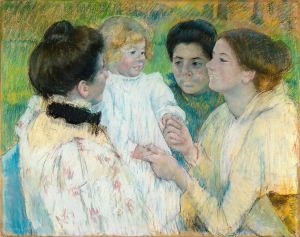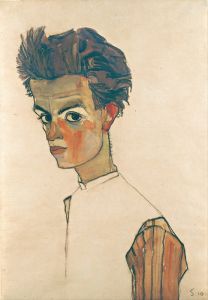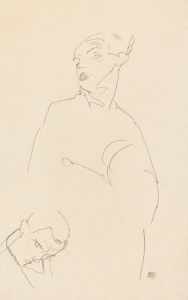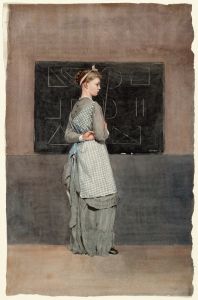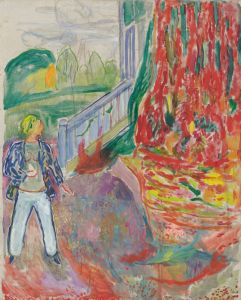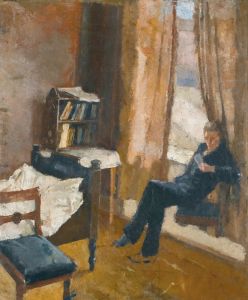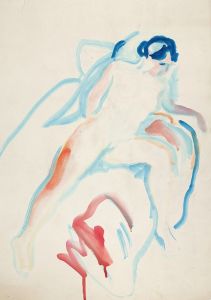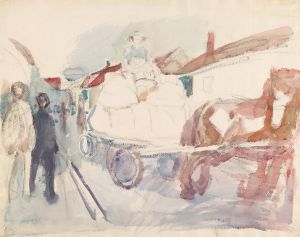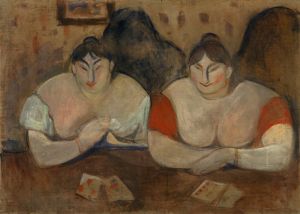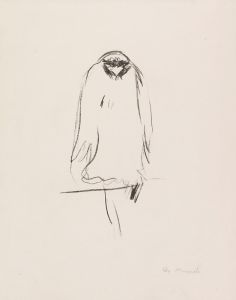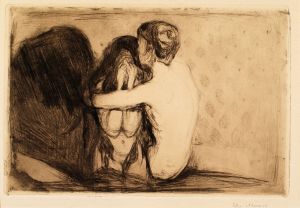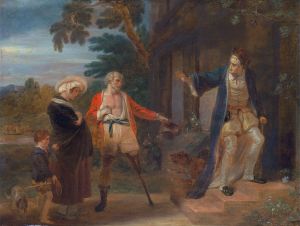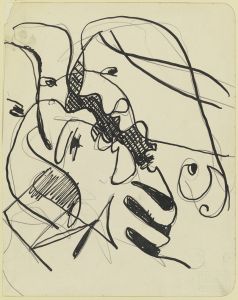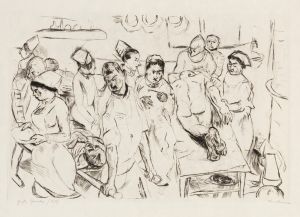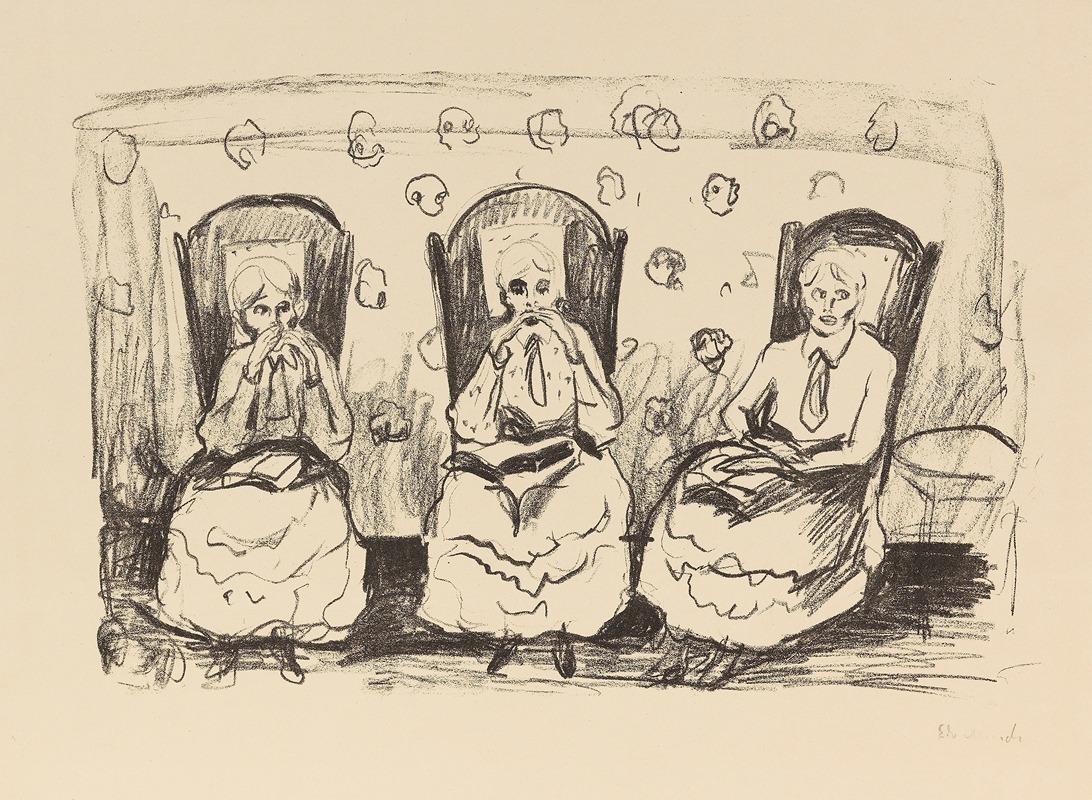
Drei alte Damen
A hand-painted replica of Edvard Munch’s masterpiece Drei alte Damen, meticulously crafted by professional artists to capture the true essence of the original. Each piece is created with museum-quality canvas and rare mineral pigments, carefully painted by experienced artists with delicate brushstrokes and rich, layered colors to perfectly recreate the texture of the original artwork. Unlike machine-printed reproductions, this hand-painted version brings the painting to life, infused with the artist’s emotions and skill in every stroke. Whether for personal collection or home decoration, it instantly elevates the artistic atmosphere of any space.
Edvard Munch, a renowned Norwegian painter, is best known for his iconic work "The Scream," but his extensive oeuvre includes a wide array of themes and subjects. Among his lesser-known works is "Drei alte Damen" (Three Old Women), which reflects his continued exploration of human emotion and existential themes. However, detailed information about this specific painting is limited, as it is not one of Munch's most extensively documented works.
Edvard Munch was born on December 12, 1863, in Loten, Norway, and grew up in a household marked by illness and death, which profoundly influenced his artistic vision. His mother died of tuberculosis when he was just five years old, and his father passed away when Munch was 14. These early experiences with mortality and grief became central themes in his art.
Munch's style evolved over the years, but he is often associated with Symbolism and Expressionism. His work frequently delves into themes of love, anxiety, death, and the human psyche. Munch's use of color, line, and form often conveys intense emotion, and his paintings are characterized by their psychological depth.
"Drei alte Damen" is believed to be one of Munch's explorations of aging and the passage of time. While specific details about the painting's creation and history are scarce, it is consistent with Munch's interest in depicting the human condition. The painting likely portrays three elderly women, possibly reflecting on their lives or contemplating their mortality, a theme that resonates with Munch's broader body of work.
Munch's approach to painting was deeply personal, and he often drew on his own experiences and emotions. His works are known for their evocative power and ability to capture the complexities of human emotion. "Drei alte Damen" fits within this context, as it likely seeks to evoke a contemplative or melancholic response from the viewer.
Throughout his career, Munch produced numerous works that explored similar themes, including "The Dance of Life," "The Sick Child," and "Death in the Sickroom." These paintings, like "Drei alte Damen," reflect his preoccupation with life's transient nature and the inevitability of death.
Munch's influence on modern art is significant, and his work paved the way for later Expressionist artists. His ability to convey deep emotional truths through his art continues to resonate with audiences today. While "Drei alte Damen" may not be as widely recognized as some of his other works, it remains a testament to Munch's enduring exploration of the human experience.
In summary, while specific information about "Drei alte Damen" is limited, it is consistent with Edvard Munch's broader artistic themes and interests. The painting likely reflects his fascination with aging and mortality, subjects that he explored throughout his career. Munch's legacy as a pioneer of modern art endures, and his works continue to captivate and inspire viewers worldwide.





